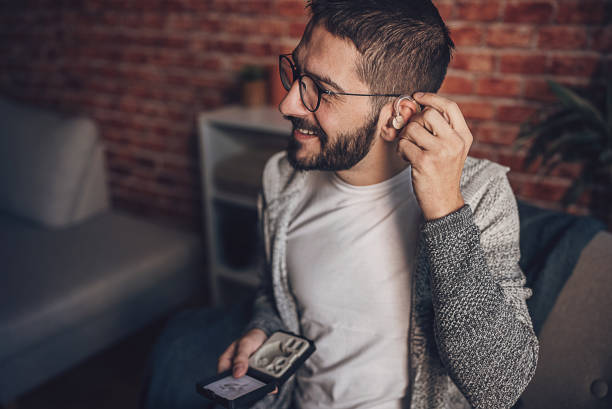
You lost a hearing aid. Careful, your replacement device does not come with loss coverage.
Have you lost a hearing aid and had to take advantage of the manufacturer's one-time replacement…

Have you lost a hearing aid and had to take advantage of the manufacturer's one-time replacement…

Anyone who wears hearing aids knows, the little micro-computers they use to hear their world are…

At Ear Service Company (ESCO), the only product we offer is insurance for hearing devices. Whether…

The Center for Disease Control (CDC) recommends everyone should be wearing cloth face coverings in public…

A challenging aspect of adapting to your new hearing aids is the batteries that power them.…

“What should I do with my old hearing aids?” is one of the most recurring questions…